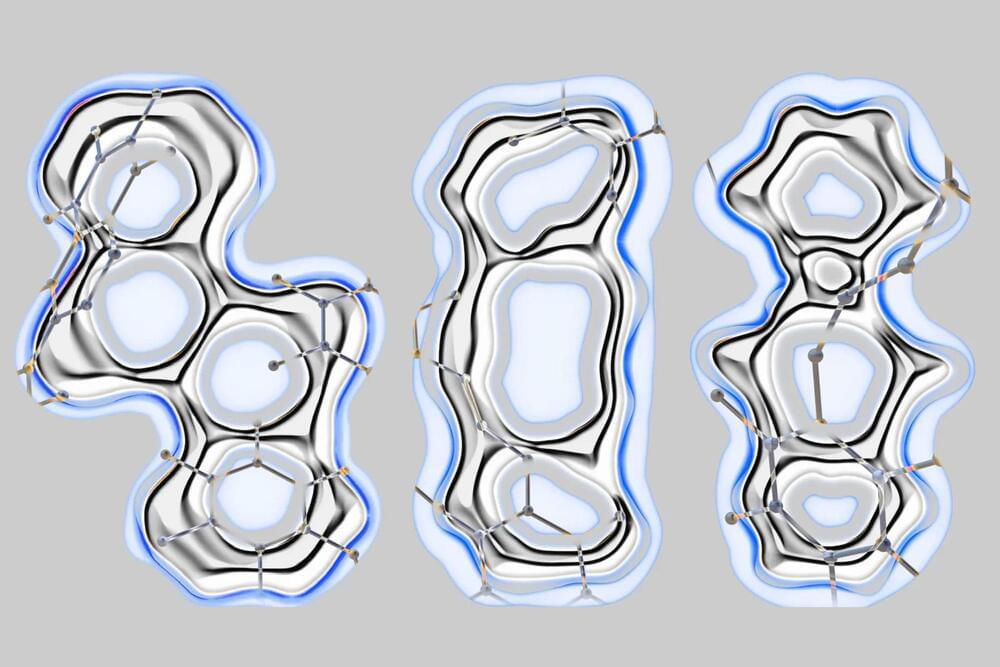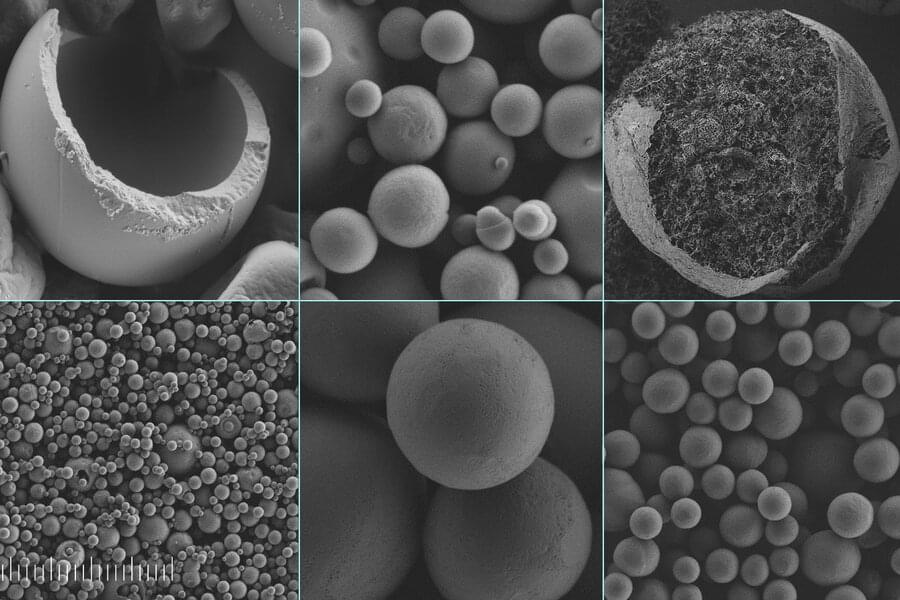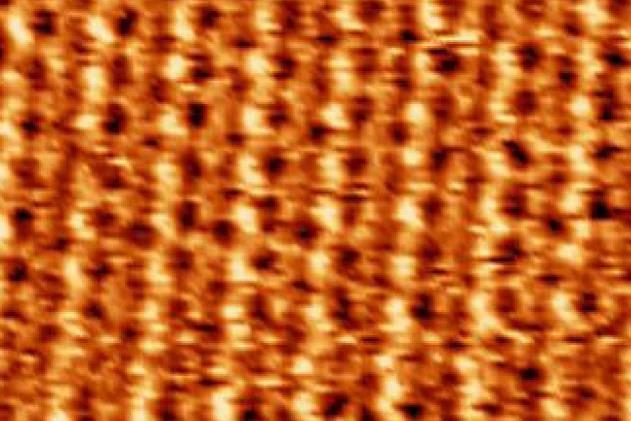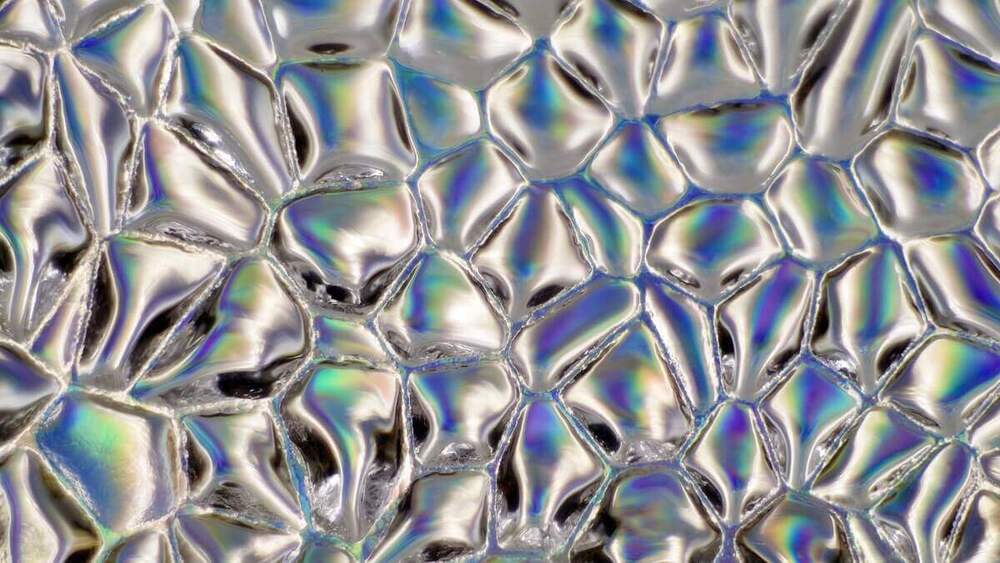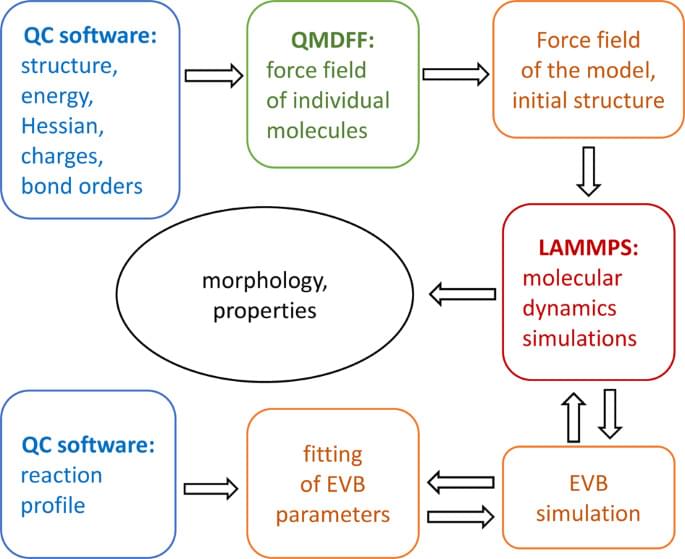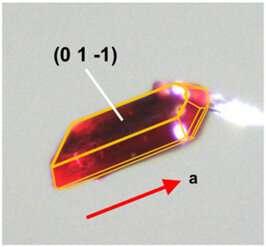Stir this silicon-based powder into water, and hydrogen will bubble out, ready for immediate use. Hong Kong company EPRO Advance Technology (EAT) says its Si+ powder offers an instant end to the difficulties of shipping and storing green energy.
This is the second powdered hydrogen advance we’ve learned about this week, designed to solve the same problems: transporting hydrogen is difficult, dangerous and expensive, whether the costs are for cryogenic cooling in a liquid hydrogen system, or for compression to around 700 times the normal sea-level air pressure.
But where Deakin University’s mechanochemical storage process takes hydrogen gas and traps it in a powder for easy, stable transport, releasing it only once the recyclable powder is heated, EAT’s silicon-based powder doesn’t require you to start off with any hydrogen at all – and getting the hydrogen back out is even easier.
